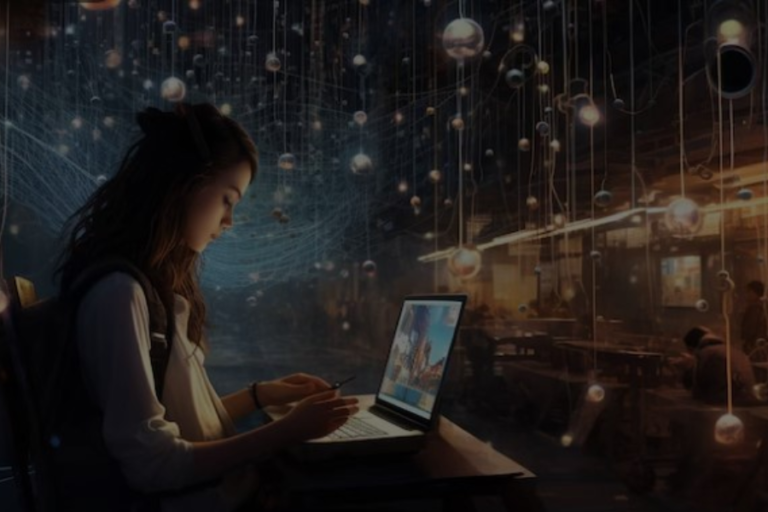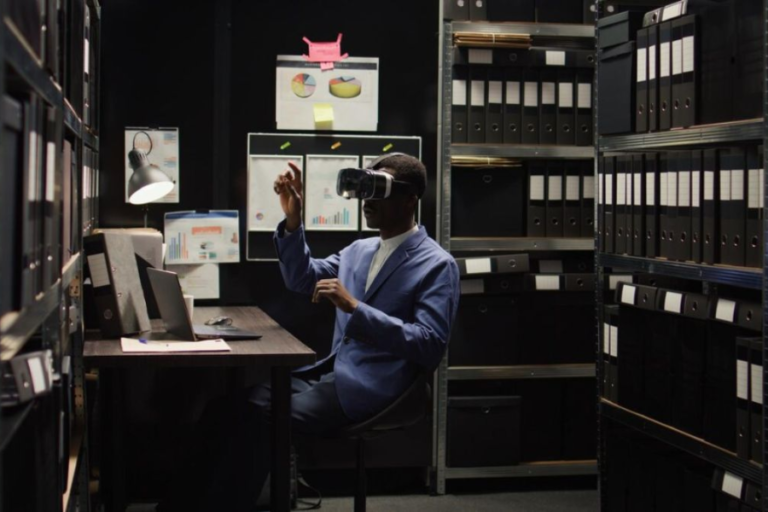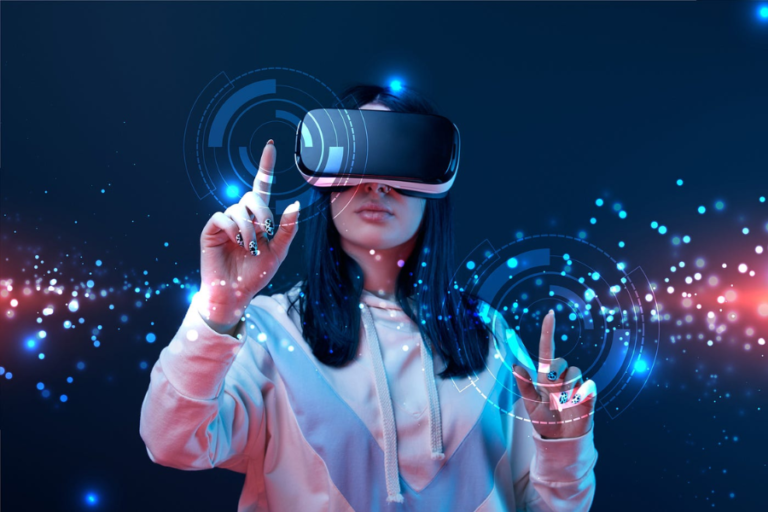Transforming Global Communication: The Role of превoдеч
In an increasingly interconnected world, the ability to communicate across different languages has never been more crucial. The advent of powerful translation tools like превoдеч highlights the evolving landscape of global communication, bridging gaps between diverse cultures and enabling smoother interactions in both personal and professional realms. This article delves into the multifaceted significance of translation, explores the evolution of translation technology, and underscores the importance of cultural sensitivity and multilingualism in today’s globalized society.
The Value of Translation in the Globalized World of Today
As globalization advances, the need for effective translation grows more pressing. Translation acts as a vital link between disparate cultures, allowing individuals and organizations to communicate without being hindered by language barriers.
Imagine a business poised to enter new international markets. The accuracy of its translated marketing materials is crucial to ensure the brand message resonates with local consumers and aligns with cultural norms. Without precise translation, businesses risk misrepresenting their brand or failing to engage their target audience effectively.
In the realm of education and information dissemination, translation serves an equally critical role. Scientific research, literature, and news reports often require translation to be accessible to a broader audience. This accessibility ensures that valuable knowledge and insights are not confined by linguistic limitations but are available to a global audience.
Furthermore, translation fosters empathy and understanding by sharing diverse cultural narratives. By engaging with translated works, people gain insights into different perspectives and experiences, enhancing cross-cultural appreciation and reducing prejudices.
As we navigate the complexities of our globalized world, the ability to communicate effectively through translation not only supports successful collaborations but also builds lasting relationships across borders.
The Development of Translation Technology: From AI to Human Interpreters
The journey of translation technology has been marked by significant advancements, evolving from manual translation by human experts to the sophisticated AI-driven systems of today.
Initially, skilled human translators were the cornerstone of translation efforts, meticulously interpreting texts and preserving cultural nuances. However, as globalization expanded, the demand for translation surged, leading to the development of computer-assisted translation (CAT) tools. Early CAT tools introduced features like glossaries and translation memories to assist human translators, improving efficiency while still relying heavily on human expertise.
The introduction of artificial intelligence (AI) marked a transformative shift in translation technology. Modern AI-driven systems leverage machine learning algorithms to analyze vast datasets and provide translations at unprecedented speeds. These systems can quickly process multiple languages and deliver translations with remarkable efficiency.
A prime example of advanced translation technology is превoдеч. This tool showcases how AI and machine learning can significantly enhance the translation process, offering users rapid and accurate translations. Despite their speed and efficiency, AI translation systems, including превoдеч, face challenges with idiomatic expressions, cultural references, and nuanced language use. This has sparked ongoing debates about the balance between automation and human intuition in translation.
While AI technology continues to advance, the role of human translators remains essential. Human expertise is invaluable for ensuring translations capture the intended meaning and cultural subtleties, bridging the gap between machine efficiency and nuanced understanding.
Difficulties in Intercultural Communication and the Benefits of Translation
Cross-cultural communication often presents unique challenges that can lead to misunderstandings. Differences in language, gestures, and cultural references can easily result in misinterpretations. Effective translation plays a crucial role in mitigating these challenges.
A skilled translator does more than translate words; they interpret the underlying sentiment and context of a message. This requires a deep understanding of both the source and target cultures to ensure that the translation accurately conveys the intended meaning while respecting cultural nuances.
Direct translations can sometimes lead to confusion, particularly with idiomatic expressions that may lack direct equivalents in other languages. Here, the expertise of a translator is critical in adapting the message to fit cultural contexts, preventing potential miscommunications.
By employing thoughtful translation strategies, organizations can improve relationships with international partners and clients. Understanding and respecting each other’s perspectives through effective translation, such as that provided by превoдеч, fosters collaboration and builds trust among diverse groups.
The Function of Interpretation in International Relations and Business
Translation serves as a crucial bridge in the realms of business and international relations. It allows companies to expand their reach into new markets and connect with a global audience. Accurate translation of marketing materials, legal documents, and corporate communications ensures that businesses can maintain brand integrity while resonating with local consumers.
In international negotiations and partnerships, precise translation is essential to avoid costly errors and misunderstandings. Well-translated documents and communications foster trust and clarity between parties, facilitating successful collaborations and agreements.
In the context of governmental affairs and diplomacy, translation plays a vital role in treaties and international agreements. Misinterpretations in these documents can have significant repercussions for diplomatic relationships and global stability.
Investing in quality translation services, such as those offered by превoдеч, enables businesses and institutions to navigate complex linguistic landscapes with confidence. As globalization continues to progress, the role of translation in fostering understanding and cooperation across cultures becomes increasingly indispensable.
Cultural Sensitivity and Contextualization in Translation
Cultural sensitivity is a cornerstone of effective translation. It involves more than converting words from one language to another; it requires an understanding of the cultural context in which those words are used.
Contextualization is crucial for accurate translation. A phrase or expression that works in one culture may not be effective or appropriate in another. Skilled translators must adapt content to fit local customs, values, and cultural references to ensure that the translation resonates with the target audience.
Humor, for example, is highly culture-specific and does not always translate well. What may be humorous in one language could be misunderstood or even offensive in another. Being aware of such differences helps prevent misinterpretations and fosters respect among diverse audiences.
Regional dialects also present challenges. Terms that are positive in one region might carry negative connotations elsewhere. In order to guarantee that translations are accurate and suitable for the target culture, translators must handle these nuances.
Embracing cultural sensitivity enriches translations, making them more relatable and impactful while preserving the original message’s integrity.
Advancements in Machine Learning and Its Impact on Translation Services
Machine learning has revolutionized the field of translation, introducing advanced algorithms and neural networks that mimic human thought processes. These advancements have significantly enhanced the accuracy and naturalness of translations.
Neural networks enable machines to understand context and nuances in language, making translations more fluid and less mechanical. Real-time translation tools, such as превoдеч, have emerged, allowing instant communication across different languages and empowering businesses to connect with clients worldwide effortlessly.
However, machine learning is not without its challenges. Certain idiomatic expressions and cultural references still pose difficulties for AI models. To address these issues, continuous training on diverse datasets is necessary to improve accuracy and relevance.
The future of translation lies in the integration of human expertise with machine learning. By combining the efficiency of AI with the nuanced understanding of human translators, we can achieve more precise and culturally sensitive translations.
Embracing Multilingualism: Benefits for Individuals and Society
Multilingualism offers numerous benefits for individuals and society. For individuals, speaking multiple languages can enhance cognitive abilities, including problem-solving skills and creativity. This mental agility allows for greater adaptability in various life situations.
On a societal level, multilingualism promotes inclusion and strengthens social cohesion. Communities that embrace language diversity create environments where diverse voices are heard and valued. This inclusivity fosters a sense of belonging and mutual respect among different cultural groups.
In the business world, multilingual employees are invaluable assets. They bridge communication gaps, cater to diverse customer needs, and enhance customer satisfaction and loyalty. Multilingualism also opens up new opportunities for businesses to expand into global markets.
Learning languages also promotes empathy by allowing individuals to experience the world from different perspectives. This understanding is crucial for collaboration and progress in our interconnected world, where cross-border cooperation is essential for addressing global challenges.
Looking Towards the Future
As we navigate the complexities of a rapidly evolving world, the future of translation holds exciting possibilities. With ongoing advancements in technology and a growing emphasis on multilingual communication, new opportunities are emerging for breaking down language barriers.
Tools like превoдеч promise to facilitate seamless global interactions, making communication more accessible and efficient. The rise of AI-driven translation solutions will continue to enhance personal connections and strengthen international business relations.
Embracing diverse languages and cultural perspectives will foster greater inclusivity and cultural exchange. In this interconnected landscape, understanding and appreciating each other’s narratives will be crucial for progress and harmony.
Investing in effective translation methods and embracing multilingualism will be key to our collective success on the global stage. As we look ahead, the role of translation in bridging gaps and fostering global dialogue remains more important than ever.
Conclusion
Translation plays a critical role in overcoming language barriers and fostering global communication. As our world becomes increasingly interconnected, understanding and navigating the nuances of different languages is vital. The journey from human translators to advanced AI systems like превoдеч has transformed the way we engage with diverse cultures.
Despite the challenges in cross-cultural communication, effective translation helps navigate complexities and build meaningful connections. Businesses and governments rely on accurate translations to expand their reach and foster international relationships.
Cultural sensitivity is essential for quality translation services, ensuring that context and cultural values are preserved. Machine learning continues to advance the field, improving efficiency and accuracy while complementing human expertise.
Embracing multilingualism offers significant benefits, including personal growth, societal cohesion, and enhanced global communication. As we move forward, tools like превoдеч will play a crucial role in facilitating global dialogue and fostering understanding across cultures.
FAQs
What is the main purpose of translation?
Translation aims to convert text or speech from one language to another, facilitating communication and understanding between speakers of different languages.
How has technology impacted translation services?
Technology has significantly improved the efficiency and accuracy of translation services, with advancements in machine learning and artificial intelligence enabling faster and more precise translations.
What role does cultural sensitivity play in translation?
Cultural sensitivity ensures that translations accurately reflect the cultural context and nuances of the target audience, preventing misunderstandings and maintaining respect for cultural differences.
What are the benefits of multilingualism?
Multilingualism enhances cognitive abilities, promotes social inclusion, strengthens community cohesion, and opens up opportunities for personal and professional growth.






